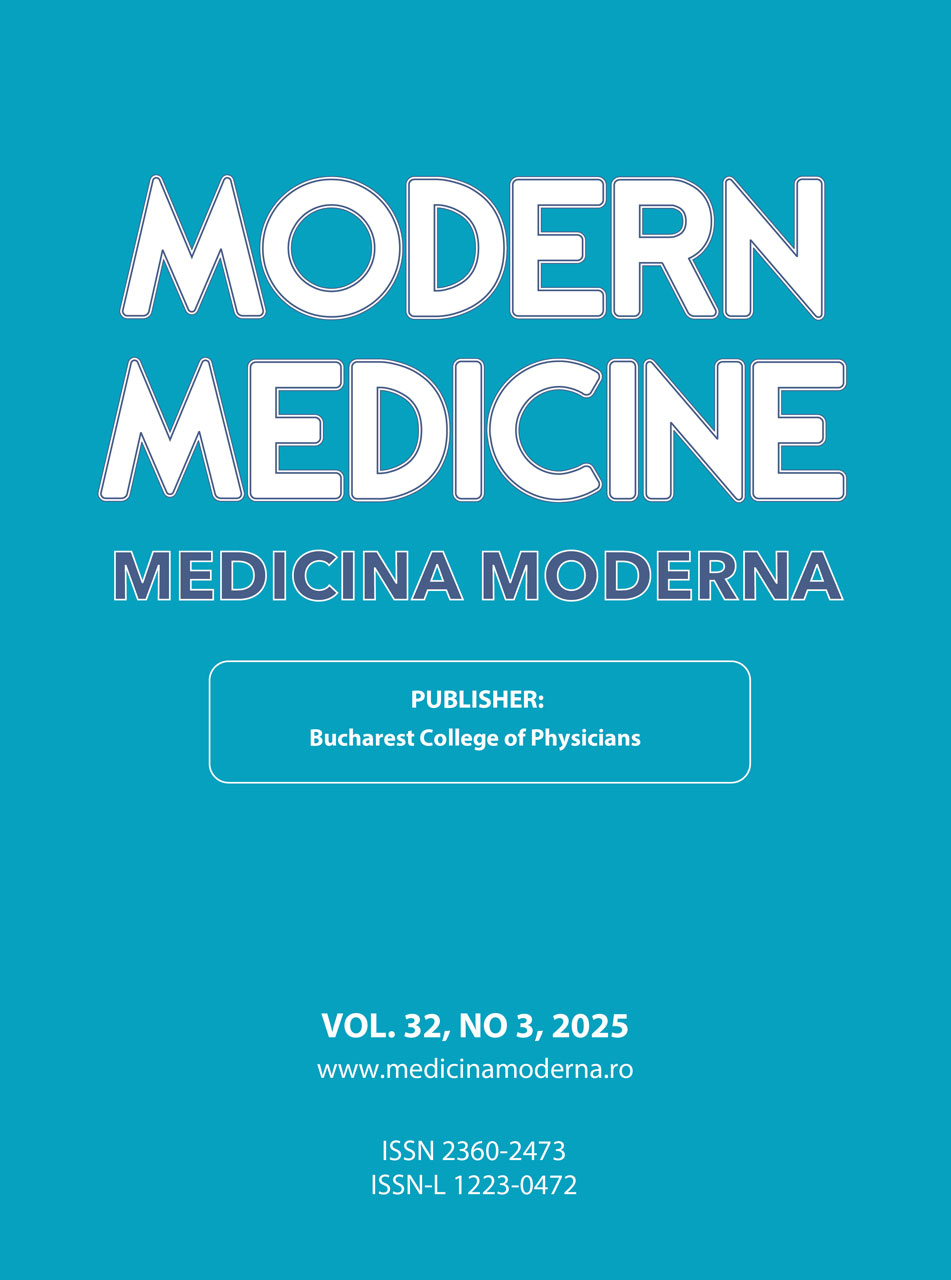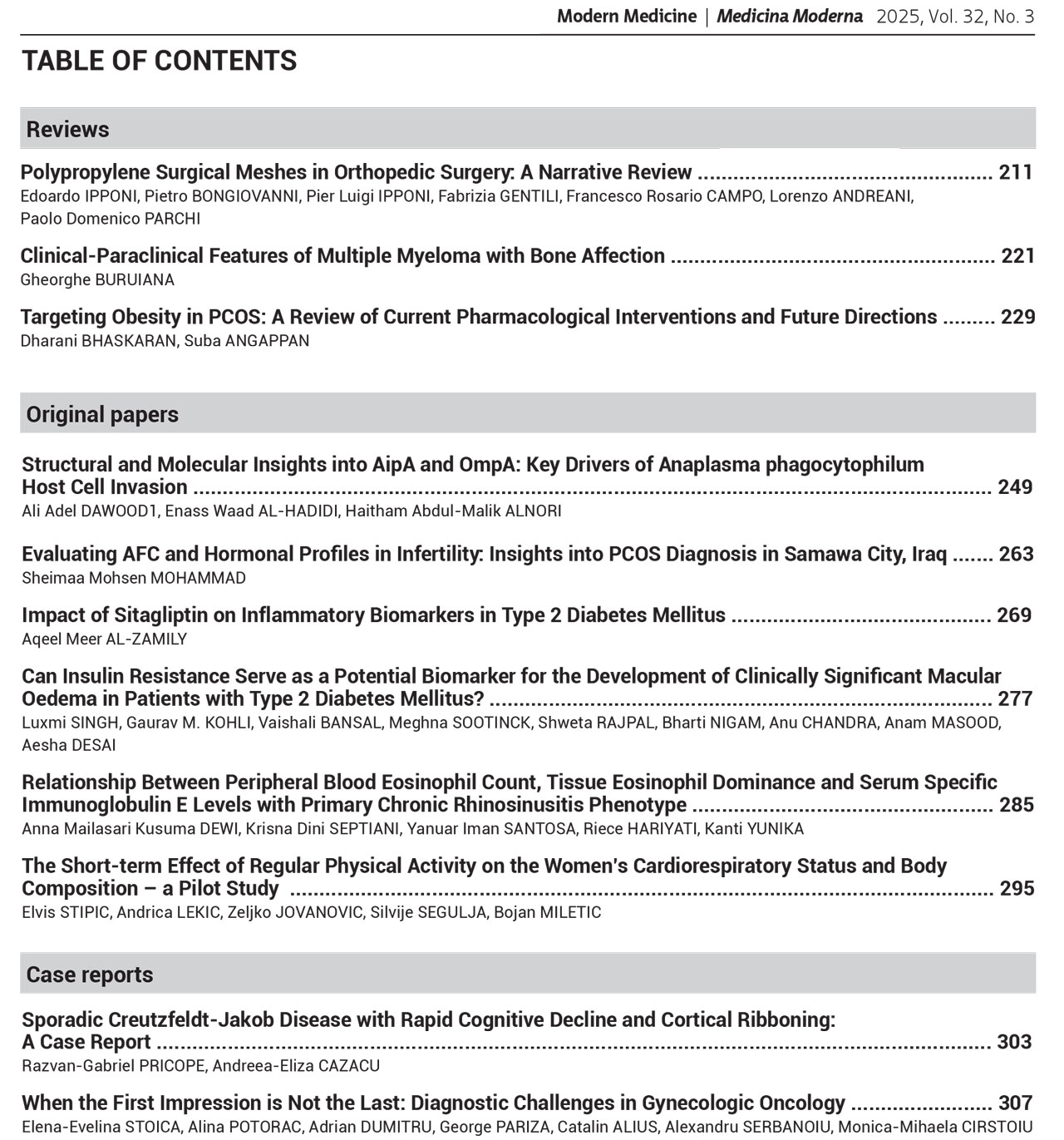Background: This analysis investigates invasion tactics of Anaplasma phagocytophilum which constitutes a gram-negative bacterial species that causes the tick-borne pathogen known as human granulocytic anaplasmosis (HGA).
Aim: This study analyzes structural and molecular dynamic aspects of invasion proteins AipA and OmpA by computational means. These scientific analyzes investigate bacterial adhesion and invasion mechanisms and their receptor-specific bonds to CD13 and Sialyl Lewis x. Materials: SOPMA, VADAR 1.8, MapPred and trRosetta were used to determine secondary and tertiary structures of AipA and OmpA. The docking simulations conducted with AutoDock Vina and HDOCK identified interaction areas between AipA and CD13 and also between OmpA with Sialyl Lewis x. The analysis of residue interactions helped identify the binding sites through visual representation of their dynamical patterns.
Results: The compact AipA exhibits four critical residues SER82 and THR91 and ILE150 and PHE155 that enable stable connection with CD13 host receptors. The receptor-mediated internalization process depends on the stable structural configuration of this molecule. The ability of OmpA to bind Sialyl Lewis x effectively stems from flexible composition elements GLU160 and LYS45 and HIS87 which create operative flexibility. The ability of OmpA to adapt its interactions follows both hydrogen bonds and hydrophobic contact establishment patterns. Molecular docking analysis demonstrates that AipA maintains strong binding stability through tight binding interactions yet OmpA shows moderate binding affinity along with flexibility towards different receptor conformations. The analysis establishes how AipA and OmpA use different methods to facilitate their interactions between pathogens and hosts.
Conclusions: The outcomes create opportunities to develop targeted medical approaches targeted at adhesion and invasion blockage thus requiring experimental verification for future application.





